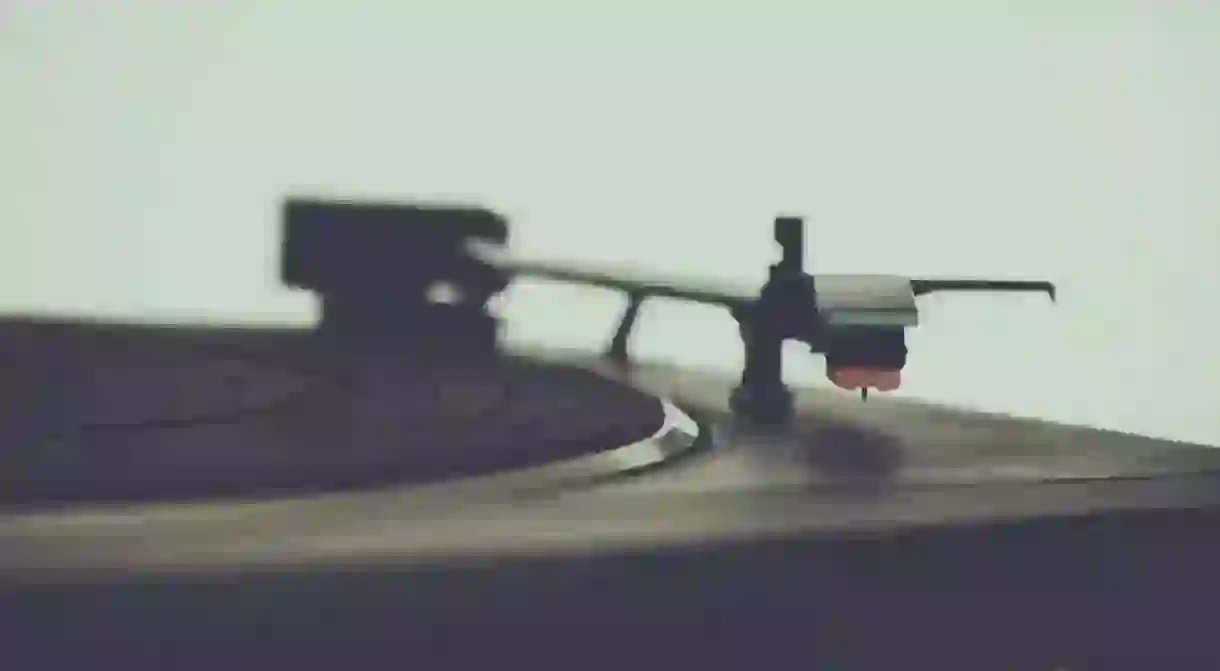A Guide To The San Francisco Sound

It may not be a term frequently used by locals today, but the legacy of rock music performed by San Francisco-based musicians from the mid 1960s through the 1970s garnered the name ‘The San Francisco Sound.’ As this name suggests, this legendary era in musical history left such a strong mark on the city that it became the quintessential face of music in San Francisco.

Largely associated with the counterculture hippie movement of the 1960s, the San Francisco Sound was loud and hopeful, projecting live throughout the city and working to support the community around it. Bands often offered free concerts in places like Golden Gate Park, in addition to smaller shows in clubs and ballrooms around the city. The performances were characterized by quite a bit of improvisation and much featuring of the electric bass. These characteristics are also typical of live jazz performance, another genre frequently associated with the city of San Francisco, especially the city’s Fillmore district. This San Franciscan version of rock branched out into experimental chord progressions, creating more of a psychedelic flavor than standard rock ‘n’ roll.

Some of the most influential acts to make up the San Francisco Sound included Jefferson Airplane, The Grateful Dead, Quicksilver Messenger Service, and Jefferson Starship. One of the largest gatherings of this San Francisco Sound took place at the Monterey Pop Festival of 1967. The festival featured the likes of Jefferson Airplane, The Grateful Dead, and Big Brother & the Holding Company – featuring Janis Joplin – all taking the same stage.

One of the main media personalities covering the music scene in San Francisco at that time was Ralph J. Gleason, a jazz critic who would go on to become one of the founders of the highly influential Rolling Stone magazine soon after the Monterey Pop Festival. Media coverage of the scene in San Francisco inspired an influx of counterculture supporters to the city, which in turn inspired more media coverage, which inspired even more people to move to San Francisco. In 1969 there came a surge of hippies to the Haight-Ashbury district of San Francisco so large that it took over the neighborhood in what would become known as the Summer of Love in 1969. Joplin reigned as queen of the Summer of Love, enjoying a degree of veneration as a rock icon that was rare for women at that time. Haight-Ashbury henceforth became the iconic representation of this San Francisco Sound, hosting the former homes of The Grateful Dead, Janis Joplin, and Jefferson Airplane, which can still be found there today.













